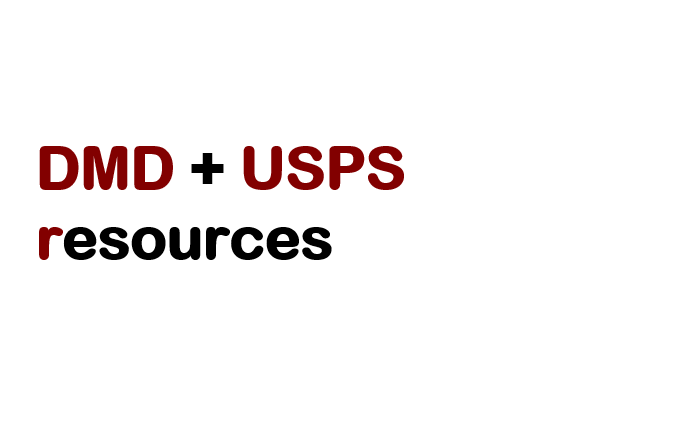
Strengthen your marketing impact with consistent, well-timed mailings. By planning campaigns with multiple touchpoints, you can deliver targeted messages that guide customer behavior and deepen engagement over time.
Through the USPS Continuous Contact Promotion, and add-ons, you can earn a postage discount of up to 7.5%. All this for sending follow-up USPS Marketing Mail® letters and flats to the same address. Each follow-up piece must enhance, expand on, or advance the initial message, all without duplicating it.
The outcome is a steady, targeted dialogue with your audience that can strengthen engagement and increase conversion rates, resulting in a higher ROI. Working with DMD makes this a seamless process.
Eligible Mail Options
- USPS Marketing Mail® letters and flats
- Nonprofit Marketing Mail letters and flats
Here is an example of an eligible mailing campaign, keeping in mind that each follow-up piece should advance, refine, or build on the prior message:
Initial Mailer: Introducing a new health benefit plan.
Follow-up Mailer 1: Promoting savings for signing up with this plan.
Follow-up Mailer 2: Promoting additional benefits included with the new plan.
Each subsequent piece enhances the story, adds relevance, and meaningfully extends the original message. This creates a logical, progressive narrative for the recipient. Plus, on a 100,000-piece mailing, you’d save approximately $2,800!
USPS Continuous Contact Promotion Details:
Promotion Period: April 1, 2026 – December 31, 2026.
Registration: February 15 – December 31, 2026.
Eligible mail classes: Marketing Mail, letters and flats; Non-Profit Mail, letters and flats.
Discount: 7.5% postage savings when you include these add-on promotions, Informed Delivery with eDoc submission, and Sustainability.
Informed Delivery earns an additional 1% postage discount
Through Informed Delivery, business mailers can conduct a marketing campaign that reaches their target audience via email. Think full color, clickable Ride-along Images in an email message with a 64% open rate. These messages can take users directly to the target URL of your choice, straight from their inbox to action.
eDoc 0.5% incentive for Postage Statements
New for the 2026 Informed Delivery Add-On, USPS is offering eDoc Postage Statement Submitters 0.5% incentive for Postage Statements that are successfully processed.
Sustainability earns an additional 1% postage discount
Enhance your campaigns with environmentally conscious materials by demonstrating the paper used in the mailing came from a certifiable, responsible source
Combine the USPS Continuous Contact Promotion, and the two add-ons and submit by eDoc, and you can qualify for discounts of 7.5%.
DMD is your trusted partner and we’ll handle all the details.
From printing and prep to compliance and reporting, DMD ensures your mailings meet all USPS requirements for each promotion. We’ll track results and help optimize your future campaigns, turning discounts into measurable success.



